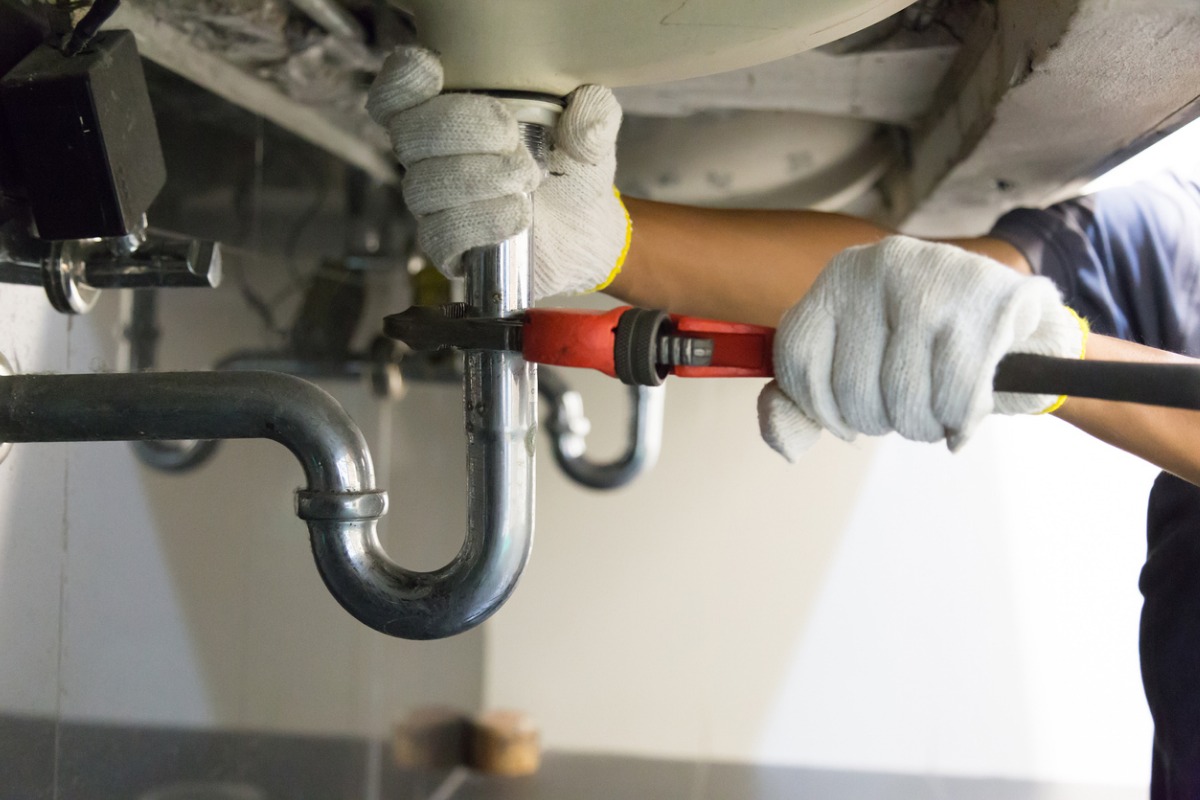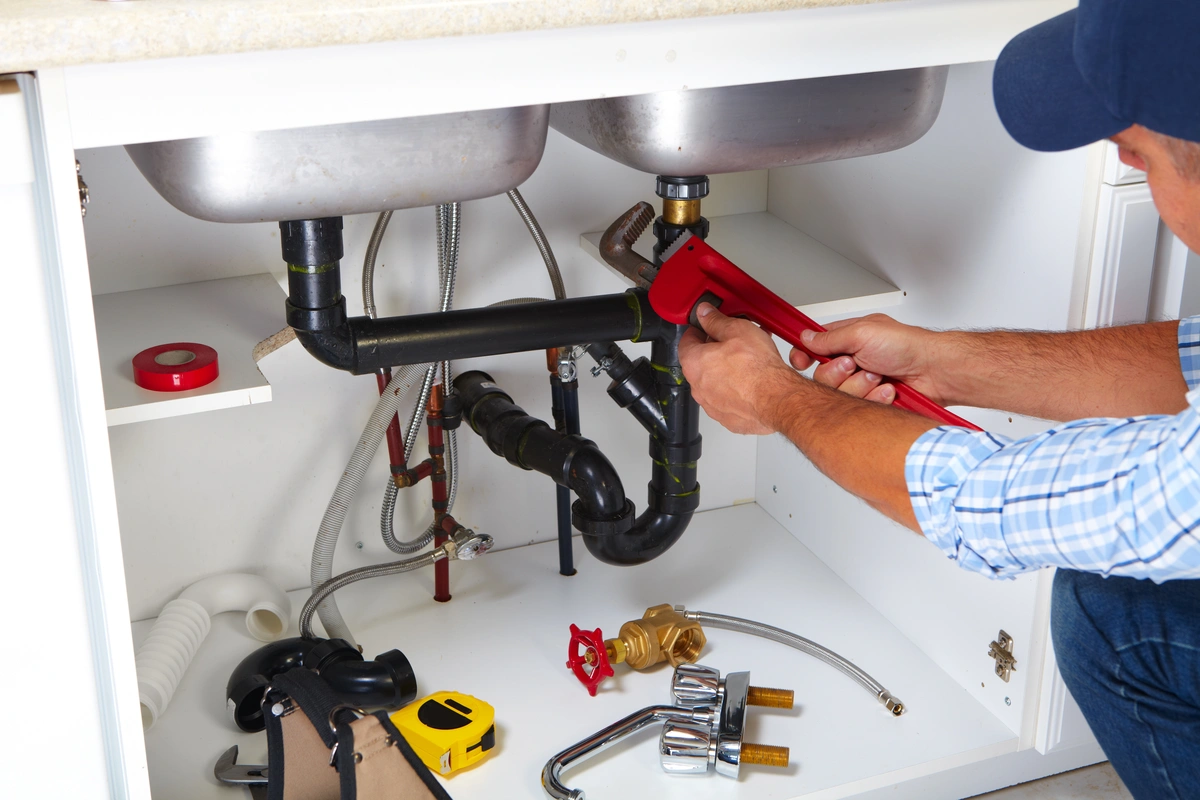Relied On Plumbing Services Alabaster AL for All Your Repairs
Relied On Plumbing Services Alabaster AL for All Your Repairs
Blog Article
A Step-by-Step Guide to Reliable Hot Water Heater Installment for Ideal Efficiency
Starting the task of setting up a hot water heater is an endeavor that demands precision and an organized method for attaining optimal performance. The process begins with the critical choice of picking the ideal heating unit tailored to the particular requirements of your house, thinking about variables such as type, dimension, and power resource. Once selected, preparing the setup area to satisfy safety requirements is extremely important. Nonetheless, the journey does not end here. As you continue, the ins and outs of attaching water system lines and setting up dependable electric or gas links await, appealing insights into making certain efficiency and reliability.
Selecting the Right Water Heating System

Following, take into consideration the dimension and capacity of the water heating system. It's essential to examine your family's warm water needs, which can differ based on the number of occupants and their usage patterns. A device that's too tiny might result in inadequate hot water, while a large version may lead to unnecessary energy consumption.
Effectiveness rankings also play a crucial duty in option. Seek water heating systems with high Power Variable (EF) scores, indicating premium performance and lowered energy usage. Tankless designs, though typically more costly upfront, deal significant energy savings in time due to their on-demand heating capabilities.
Preparing the Installation Location
Prior to setting up a brand-new water heating unit, precise prep work of the installment location is essential. It's crucial to determine the room thoroughly to accommodate the water heating unit's measurements, making sure appropriate clearance around the unit for reliable operation and maintenance.
Check the floor for stability, as the water heating unit will need a strong, level surface to run effectively. If essential, install a drip pan beneath the system to capture prospective leaks or spills, preventing water damages to the surrounding location.
Furthermore, ensure that all essential tools and products get on hand before commencing the installation. This consists of products such as wrenches, screwdrivers, a level, and any type of additional equipment needed for placing and safeguarding the heater. A well-prepared setup location sets the foundation for a successful hot water heater arrangement, maximizing efficiency and safety and security.
Connecting Water System Lines
When connecting water system lines to your recently installed water heating unit, it is critical to ensure that all connections are leak-free and safe to keep reliable procedure and prevent water damage. Begin by determining the chilly and warm supply of water lines. The chilly water inlet is usually marked with a blue tag or a "C", while the warm water electrical outlet is marked with a red label or an "H".
Use flexible water heating unit adapters to assist in an easier installation procedure. These connectors can soak up resonance and allow for mild movement, minimizing the risk of leaks. Before connecting browse around this web-site the adapters, place a plumber's tape around the threaded ends of the water heating system's inlet and outlet pipes - Drain Cleaning Alabaster AL. This tape serves as a sealer, stopping leaks. Carefully attach the flexible hoses to the corresponding inlet and electrical outlet, ensuring that they are tight however not over-tightened, which could damage the strings.
As soon as links are in place, gradually transform on the major supply of water shutoff. Check each connection for leakages by visually really feeling and examining for moisture. Tighten up connections as required, and make certain the pressure safety valve is correctly set up, safeguarding versus excessive pressure accumulation.
Establishing Electric or Gas Links
Appropriately setting up the electrical or gas connections for your water heater is a critical action to ensure effective and risk-free procedure. For electric water heating units, start by validating that the electric circuit is compatible with the heater's voltage and amperage demands.
For gas water heaters, safety and security is extremely important. Link the gas line to the water heating unit utilizing a versatile gas adapter, guaranteeing it is properly threaded and secured with pipe joint substance or Teflon tape ideal for gas links.
When connections are made, check for any kind of prospective leakages. For gas lines, apply a soapy water remedy to the joints; bubbles show a leakage. For electric links, confirm that all circuitry is secure and correctly insulated, maintaining compliance with local electrical codes.
Testing and Adjusting for Efficiency
With the electrical and gas links securely in area, the following action is reviewing the functional efficiency of your hot water heater. Begin by carefully switching on the water and ensuring there are no leakages at any of the shutoffs or joints. Once validated, continue to fill up the container, taking note of the pressure Home Page and temperature setups. It is recommended to set the thermostat to an advised temperature level of around 120 ° F(49 ° C) to balance power efficiency and convenience.
Next, perform a thorough evaluation to ensure the burner or burner are operating appropriately. For electrical heaters, make use of a multimeter to verify if the elements are drawing the suitable current. In gas designs, observe the burner fire; it needs to be steady and blue, suggesting effective burning.
Readjust the settings as required to get rid of ineffectiveness. Consider carrying out insulation procedures, such as including a water heating unit blanket, to additionally enhance efficiency by lessening warm loss. Additionally, inspect the anode rod's problem, as a deteriorated rod can reduce performance and bring about container rust.
Conclusion
Effective water heating unit setup is important for ensuring optimal performance and energy cost recommended you read savings. Securely attaching water supply lines and meticulously establishing up electric or gas links minimize potential concerns.

Properly setting up the electric or gas connections for your water heating system is a vital step to guarantee risk-free and reliable procedure. For electrical water heating units, start by verifying that the electrical circuit is compatible with the heating unit's voltage and amperage demands. Attach the gas line to the water heater using an adaptable gas port, guaranteeing it is effectively threaded and secured with pipeline joint compound or Teflon tape ideal for gas connections.
Report this page